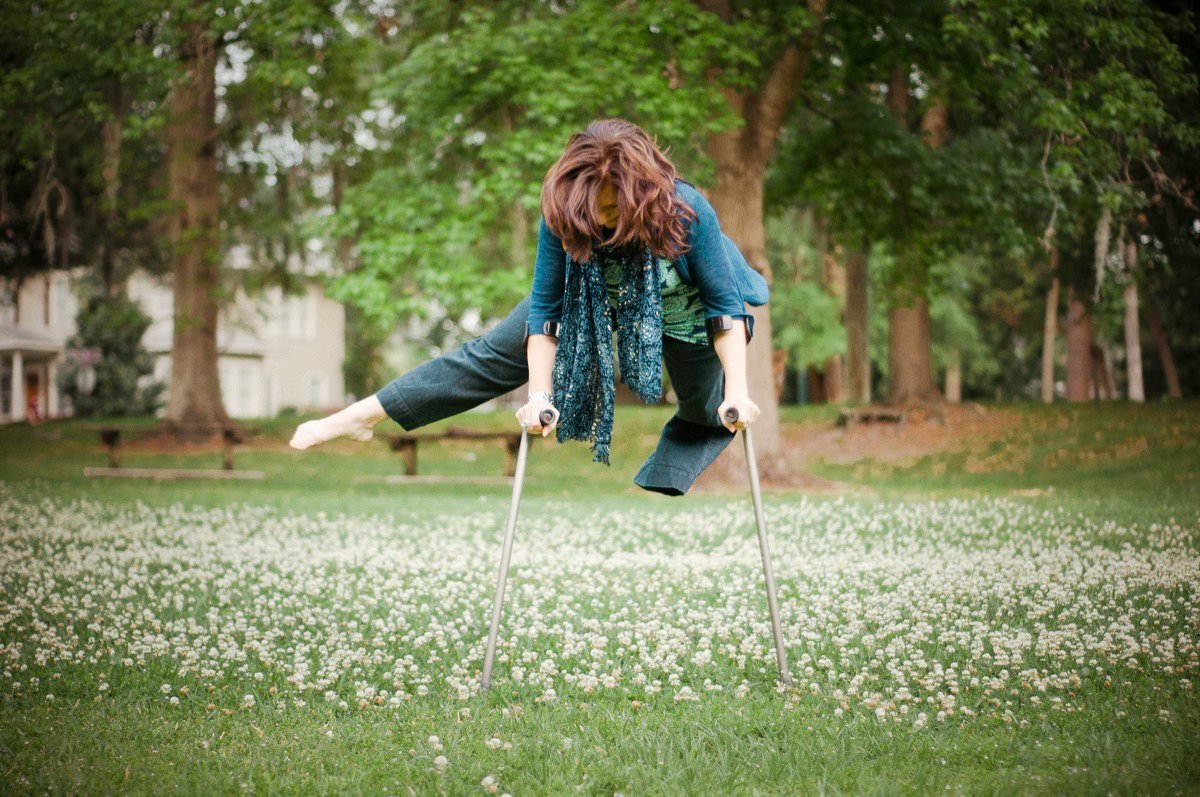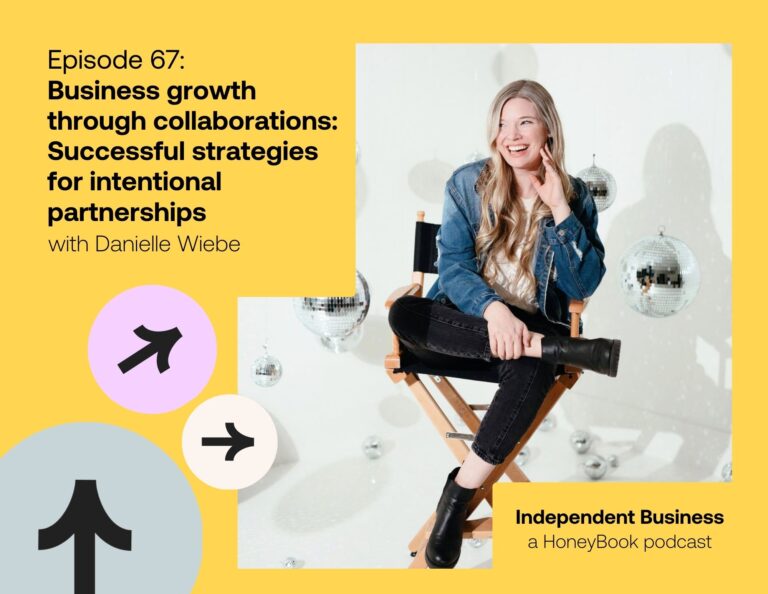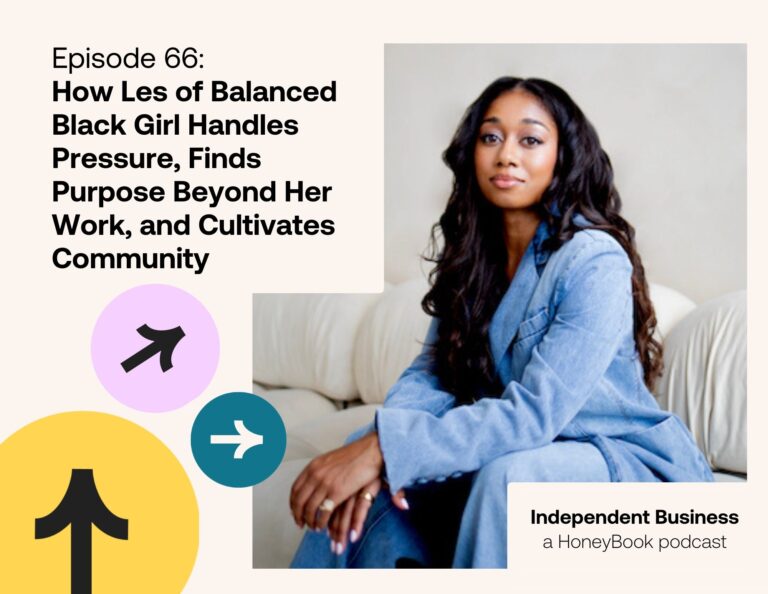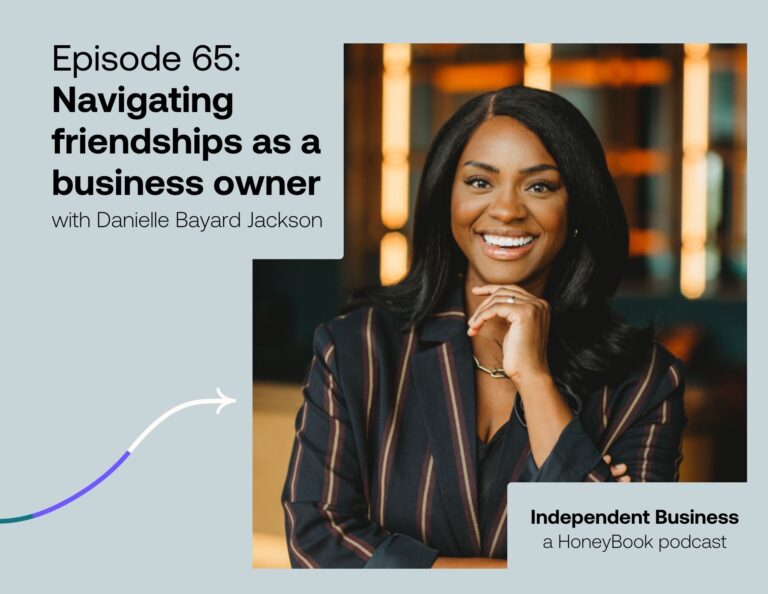
Everyone hits a creative wall eventually. Everyone. The time when even your best ninja sidekick can’t knock the obstacle out of your way. But, does everyone have creative resilience?
Creative blocks come in many shapes and sizes. And sometimes those blocks turn into burnout. It’s not imaginary. You’re not making it up. Burnout can actually change your brain structure and impact not only your creativity but your problem-solving and working memory too. [1]
But what if I told you there are things you can do right now to build the resilience needed to bounce back even in the middle of crises and uncertainty. That being courageously, consistently, and confidently creative isn’t just an Instagrammed daydream. It’s the result of a completely learnable skill set called creative resilience.
WHAT TO DO WHEN YOUR CREATIVE SIDE HUSTLE MUST NOW PAY THE BILLS
One thing I didn’t count on when I became a full-time creative entrepreneur, was that my creative passion suddenly had to pay my bills. My creativity wasn’t any longer a just a part of my personal identity, it became a business asset that had to pull its weight.
Deadlines. Expectations. Pressure. Freedom. Stress. Elation. Fear. Joy. Pinterest wormholes. All the things mixed into a dynamic that regularly got in the way of my creativity behaving itself, especially on-demand.
So the dance began. Create or organize? Yes. Make stuff or build an email list? Again, yes. The more my to-do list multiplied faster than the balance in my bank account, the more overwhelmed I felt. Forget the mythical creature called work-life balance, I couldn’t even master work-work balance.
Then the morning came that I stared at the popcorn ceiling in my bedroom and realized I was a creative who no longer felt creative. And I had no idea how to get the “creative” part of my economy back. The harder I tried, the more frustrating and defeating it got. That’s what started me researching resilience.
WHAT IS RESILIENCE?
The American Psychological Association (APA) defines resilience as, “the process of adapting well in the face of adversity, trauma, tragedy, threats or significant sources of stress.” The APA goes on to say that resilience is made up of behaviors, thoughts, and actions that can be learned and developed in anyone [2]
Hooray! Resilience is not a trait like eye color that either you have or you don’t. Rather resilience is a state that can be cultivated and woven intentionally into our routines and rituals.
The biggest single predictive factor of resilience was involvement in intentional community that provided support. The other key factor was an engaged creative practice. Turns out, having a creative practice isn’t just for artists. It’s essential for too often stressed-out entrepreneurs as well.
A study in Germany found that adults who created visual art had increased connectivity and structural changes to their brains in key areas involved in emotion and memory that increased their psychological resilience and ability to handle stress. But the adults in the same study who simply walked around and observed art in a museum had minimal to no changes in these areas. [3]
Hey! Let’s take that as permission to raid the art supply store. To make a mess. Keep a secret sketchbook. It’s good for both your brain and your businesses.
HOW CAN WE BUILD CREATIVE RESILIENCE?
Creative resilience is the ability to build strength and adaptivity into our creative practice, allowing us to embrace our creativity with confidence, consistency, and courage even in times of adversity and change.
Enter the STRONG™ framework to build creative resilience.
I spent seven years working in an active conflict zone in Africa establishing and running an international nonprofit. My days were split between different levels of crisis management, caring for children at risk, serving our local leaders, and surviving repeated bouts of malaria. I also blogged daily, handled our photography, and spent one third of the year on planes between continents sharing our story. Caring for my creative soul was a huge part of me being able to handle the enormous stress I faced and still stay present and effective in the middle of it. In those days, my creative space had to fit into a carry-on approved makeup bag.
So when I can say this framework can work anywhere, it really can.
The STRONG™ framework is a set of insights I first discovered to be helpful on a personal level, then further researched, and now use with my clients to help them strengthen their core creative practices to proactively build resilience into their creativity, as well as their businesses.
- Seek Wonder | Stay curious. Ask “what if?” Start thoughts with “I wonder…” Watch for the times you are surprised by beauty. Inspiration is all around us when we slow enough to see.
- Trust Your Gut | Intuition. It’s the gut sense that we so easily override, but that is increasingly recognized as a crucial part of how key decision-makers make effective decisions under pressure. [4] Make space to get back in touch with your inner voice, your creative flow, your internal knower. One super helpful way is to create intuitive art. No rules or forms. Choosing to suspend judgment about whether we like the result or not until after the work is finished.
- Reframe the Narrative | Sometimes our ability to bounce back comes from the ability to reframe our perspective. I used to read 800 words a minute with over 80% retention. Enter the traumatic brain injury that still devastatingly affects my words, both reading and writing. It is hard and frustrating, and I’d like my brain back. But the story I’m telling myself is that while I am no longer a speed reader, that doesn’t mean I can’t be a deep reader. Maybe I will gain even more valuable understanding with this new dynamic.
- Overcome with Intention | The best time to deal with creative blocks is before they start. I keep an inspiration journal of all the things that inspire me to help reconnect me with my creativity when things get a bit stale. It has been a lifesaver.
- Nourish Your Soul | What brings you joy? Where can you just breathe easier? Make space for the things that pour life into your being. Embrace self-care. Connect with community. Schedule time to just “be.” Our brains must have bored downtime so they can process all the information and surface the creative insight we need. [5]
- Grow with Gratitude | Gratitude has been shown to lower inflammatory markers, reduce the effects of stress, and improve sleep. It is central to both mental and physical wellbeing that strengthen resilience.
I’d love to hear from you what part of the STRONG™ framework stands the most out for you, and what is one action you are going to take to implement it. Please drop me an email at [email protected] so I can cheer you on!
References
[1] https://www.inc.com/melody-wilding/3-types-of-burnout-according-to-psychologists-and-signs-youre-headed-for-trouble.html)
[2] https://uncw.edu/studentaffairs/committees/pdc/documents/the%20road%20to%20resilience.pdf
[3] Bolwerk, A., Mack-Andrick, J., Lang, F. R., Dörfler, A., & Maihöfner, C. (2014). How art changes your brain: Differential effects of visual art production and cognitive art evaluation on functional brain connectivity. PloS One, 9(7), e101035. doi:10.1371/journal.pone.0101035
[4] Kurt Matzler, Borislav Uzelac, Florian Bauer, (2014) “Intuition: the missing ingredient for good managerial decision-making”, Journal of Business Strategy, Vol. 35 Issue: 6, pp.31-40, https://doi-org.ezproxy.regent.edu/10.1108/JBS-12-2012-0077
[5] https://www.inc.com/chris-winfield/is-boredom-the-ultimate-creativity-hack.html
Ready focus on your mental health as an entrepreneur? Get our Mental Wellness Ultimate Guide here.



